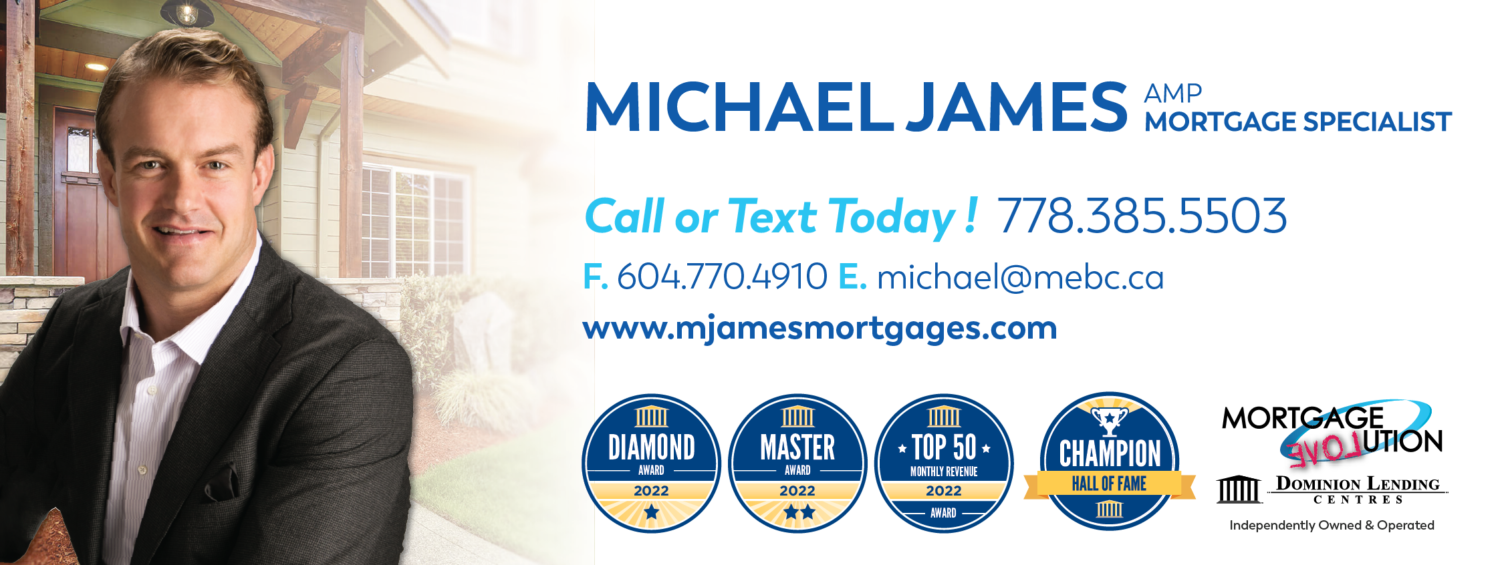Mortgage Types 101.
Get to know the important basics before you choose your mortgage.
You have to be sure you select what is most important to you – lower rates or flexibility. Before you choose a mortgage, take some time to study mortgage types:
Closed Mortgage: If you want consistency with respect to rates and the length of your mortgage agreement, a closed mortgage is best for you. Interest rates are typically lower (and do not change with the length of the term). However, a closed mortgage does not offer much flexibility in paying off your mortgage sooner – with the exception of a once-a-year lump sum payment up to 20% of your entire mortgage.
- Predictability and consistency with respect to payment amount
- Often comes with lower interest rates
- Limited flexibility with paying down the mortgage faster
- Cannot change interest rate during the term of mortgage
Convertible Mortgage: Want the best of both worlds? Then consider a convertible mortgage. Convertible mortgages are flexible yet offer minimal risk. Often with a lower interest rate than an open mortgage, convertible mortgages provide the opportunity to switch to a longer-term closed mortgage without penalty.
- Provides an opportunity to take advantage of lower interest rates and switch to a closed rate without penalty
- Offers lower interest rates than an open mortgage
Open Mortgage: If you are looking for flexibility with regard to paying off your mortgage, consider an open mortgage. No penalty is incurred if you decide to make lump sump payments or pay off your mortgage before the term expires; however, this flexibility comes often with a higher interest rate – which can result in higher monthly payments.
- Maximum flexibility; no penalty for making lump sum payments or paying off your entire mortgage before the term expires
- Higher interest rate
- Best for those looking to pay off their mortgage as soon as possible
Still not sure which type of mortgage is best for you? Contact me, Mike James your DLC Mortgage Expert today!
Written by My DLC Marketing Team
